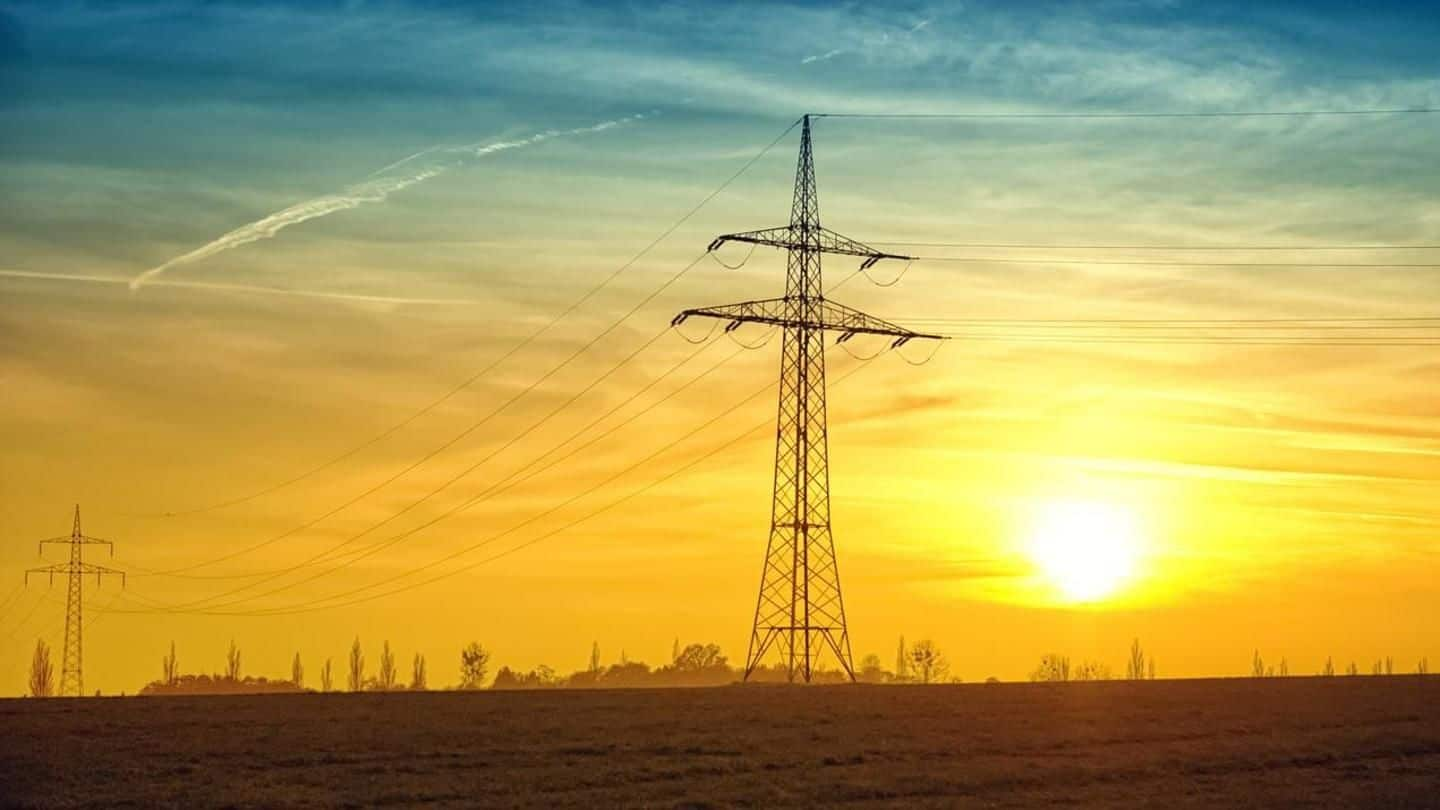
Varanasi finally becomes 'wireless': Here are the details
What's the story
Varanasi, which is touted to be one of the world's oldest cities, is finally having its overhead power cables dismantled, 86 years after the city first got electricity. Under the Indian government's Integrated Power Development Scheme (IPDS), state-owned electric utility company Powergrid has successfully laid 16 square kilometers of underground lines in Varanasi which will serve around 50,000 consumers.
Details
Varanasi most complicated city to lay underground cables: Powergrid
Referring to the city's rickety lanes and congested markets, Powergrid's Project Manager for IPDS Varanasi, Sudhakar Gupta, said, "While implementing IPDS in Varanasi, we realized this is the most complicated city to lay the infrastructure for underground cables." Further, the company had to install very small pedestal boxes due to narrow lanes. The project, which finished in December 2017, took two years to complete.
Hurdles
Working around existing, unmapped underground utility lines
Powergrid had to deal with several hurdles during the span of the project. It worked around unmapped underground utility lines for sewage, water supply, and BSNL, among others. The company often ended up damaging them and then providing compensation to the concerned agency. An official said that there were major differences in the project report's proposal and the actual ground requirements.
Timeline
The chronology of events
Former Union Minister of State for Power Piyush Goyal had announced the underground cabling project for Varanasi for Rs. 432 crore in June 2015. Prime Minister Narendra Modi launched IPDS in Varanasi to ensure 24*7 power supply to each household in September 2015. Work started in December 2015, with the pilot in Kabir Nagar and Ansarabad areas of the city.
Information
Power cable loss decreased to 9.9% from 42.7%
Atul Nigam, Managing Director of the Purvanchal Vidyut Vitran Nigam electricity board in Varanasi, said that customer complaints and revenue losses have reduced after the completion of the project. He added that loss of electric lines in the IPDS-covered area decreased to 9.9% from 42.7%.